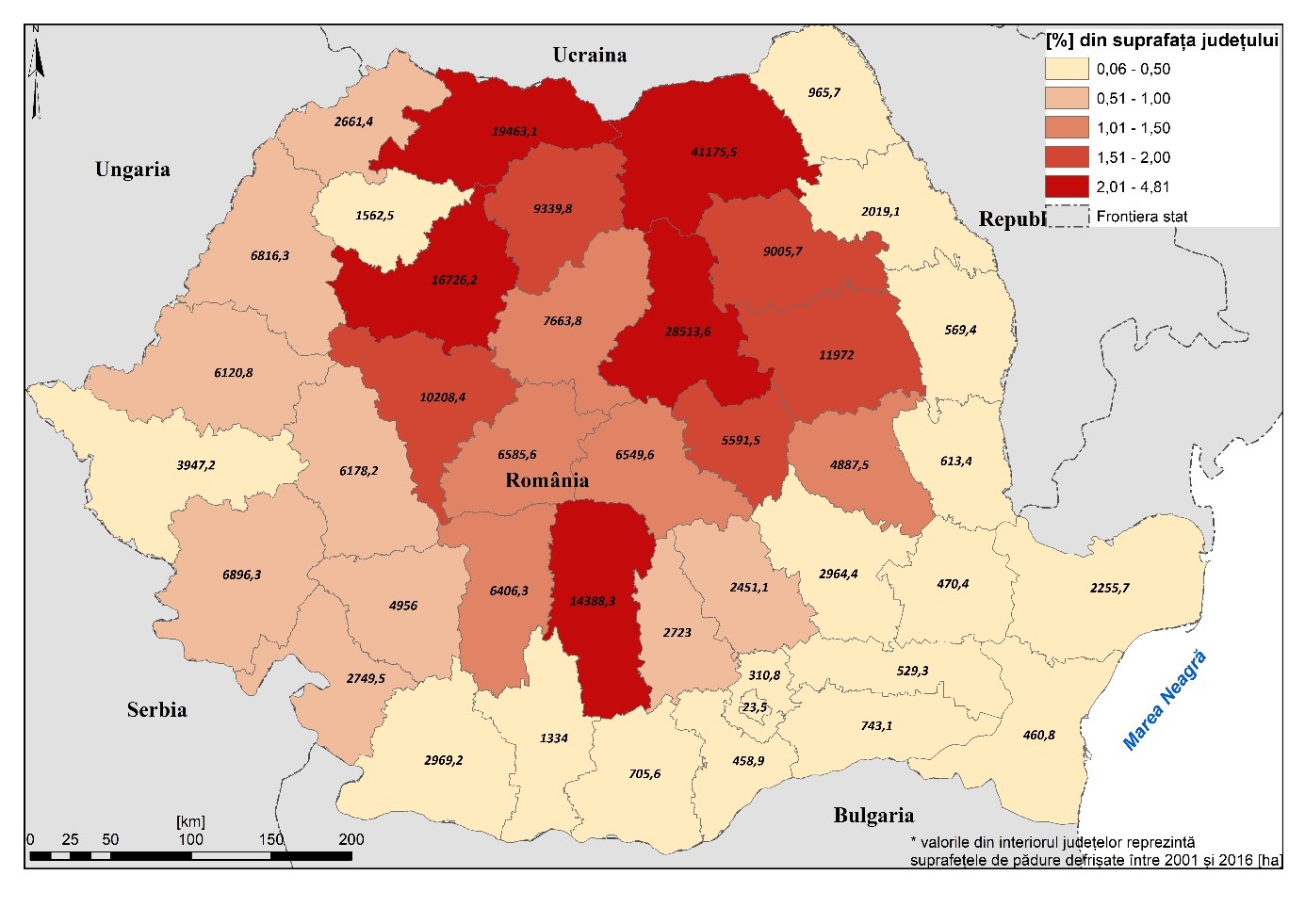Localizarea tipurilor de păduri la nivel național

comentarii și investigații cu privire la: distribuția speciilor, creșterea temperaturii, prelungirea sezonului de vegetație etc.
Obiective specifice:
Localizarea tipurilor de păduri la nivel național
Concentrațiile de dioxid de carbon atmosferic (în ppm), la Mauna Loa Hawaii, pentru perioada 2010-2014
( Sursa: NOAA Earth System Research Laboratory)

National Institute for Research and Development in Forestry Marin Drăcea Bucharest- INCDS –Coordonator;
National Institute for Research and Development for Biotechnologies in Horticulture Stefăneşti Argeş – INCDBH;
Research and Development Research Center for Viticulture and Wines Bujoru –SCDVV Bujoru;
National Institute of Research and Development for Machines and Installations for Agriculture and Food Industry Bucharest – INMA;
Lower Danube University in Galati– UGAL.
Specific objectives:
• studied: the impact of climate change on forest ecosystems and their adaptation options according to geographic location; the main factors that disturb the European forests and some possible adaptation measures; the percentage of injury of the tree species by biogeographical regions in our country; the dynamics of intensity of harming species located in different biogeographical regions during the 1990-2013 period; the dynamics of the injury intensity of the autochthonous forest species between 1990 and 2017; the evolution of forest types, according to information extracted from the Corine Land Cover.
Localization of forest types at national level
Atmospheric carbon concentrations (ppm) at Mauna Loa Hawaii for the period 2010-2014
( Source: NOAA Earth System Research Laboratory)